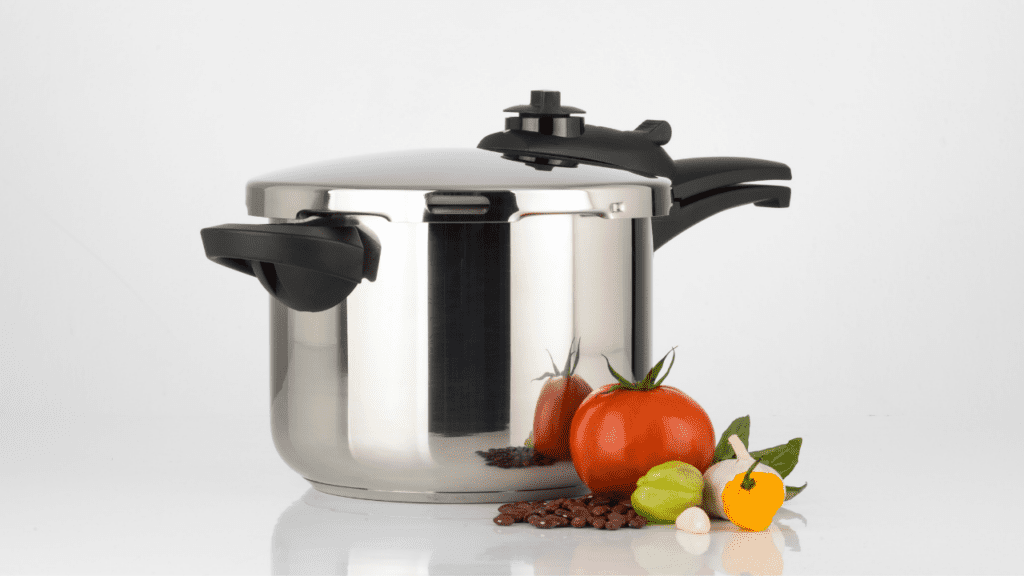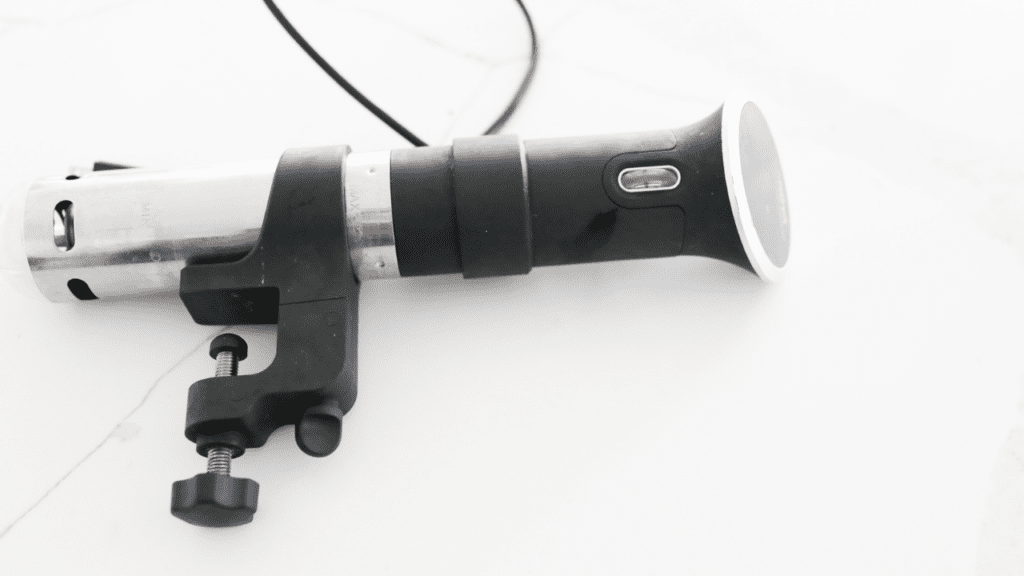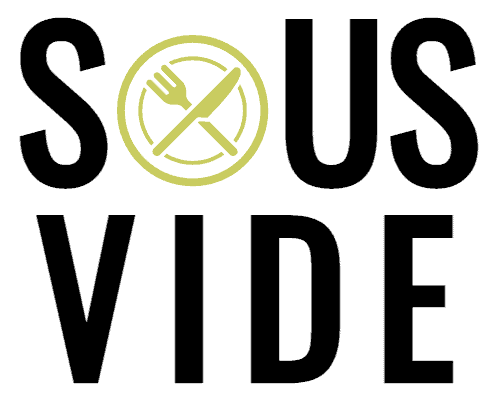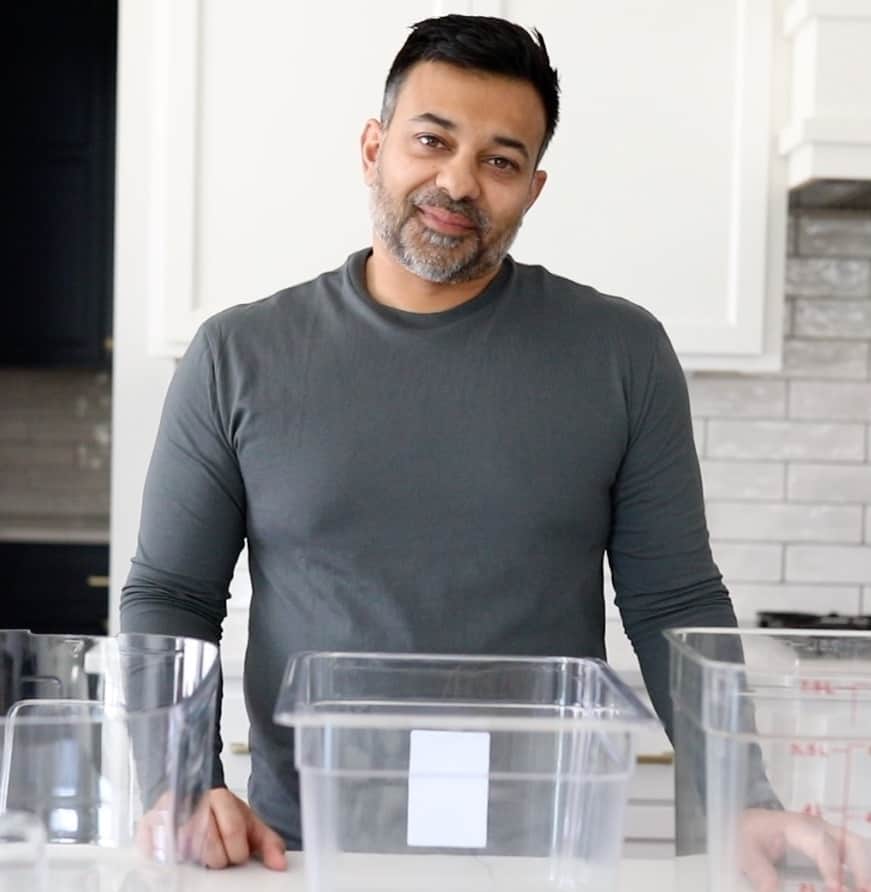In the world of cooking, there are two very popular methods for preparing food: sous vide vs pressure cooker.
The similarities between these two methods are that both use water to cook food and both require some skill in order to prepare a delicious meal. However, there are also many differences that set them apart from one another.
For example, it takes about an hour for a pressure cooker to reach full boil whereas it can take up to six hours with sous vide cooking method.
Another difference is that while a pressure cooker cooks quickly at high temperatures, sous vide uses low temperature cooking which retains more nutrients in your meal than using higher heat levels would do so.
In this post, I pit the two methods against each other, discuss how they work, what their pros and cons are, and their similarities and differences.

Table of Contents
What is a Pressure Cooker and How Does It Work?
A pressure cooker works by cooking the food within a sealed chamber. This sealed chamber is the fundamental principle behind pressure cooking.
The science behind the concept can be quite complicated and involves how gas (in this case steam) behaves in a vacuum, and the effect that this has on the boiling point of water.
Boiling water on a stove top or kettle involves heating the water to 212° F (100° C), the maximum temperature achievable. However, boil water in a pressurized chamber and the story is different.
Inside a pressure cooker, water can reach temperatures up to 250° F (121° C). This increase in temperature allows the hotter and pressurized steam to pass the heat energy to the food at 4 times the level of water boiled conventionally. When the pressure inside the chamber reaches its maximum, the steam is vented out through a valve.
Of course, this speeds up the cooking process, and this ability to cook quickly is why pressure cookers are so popular.
Late home from work? No problem, just stick some chicken straight from the freezer into the cooker, add some stock and vegetables, and ten minutes later dinner is served! Use almost all cuts of meat.
There are two main types of pressure cooker: –
- Stovetop – This type looks like a standard pot, but with a lid that acts as the seal. It can be used on any hob and normally has a pressure gauge and a pressure relief valve.
- Countertop Appliance – These are standalone appliances that have the heating element integrated. Increasingly, they are available in multicooker form like the Instant Pot. These can perform a variety of functions outwith pressure cooking, including slow cooking.
Historically, there have always been scare stories of pressure cookers exploding, and early models could indeed pose a slight hazard.
However, modern pressure cookers are designed and built to higher standards. Electric pressure cookers nowadays can accurately control variables like water temperature and pressure without needing to vent quite as much steam through the quick release valve.

The Benefits of Pressure Cooking
- Flavor and Appearance – Cooking under pressure allows the food to retain more of its natural flavors. The process also saturates the ingredients with steam, this keeps the food moist and juicy, while also enhancing the color.
- Economical and Efficient – Most pressure cookers are insulated to help heat retention, they also require less water than conventional cooking methods. Finally, the fast cook times equate to less energy usage. Overall, a pressure cooker can save up to 70% on energy usage.
- Nutritious – Many nutrients and vitamins contained in food are water-soluble, so most are lost during boiling. Pressure cookers cook food faster and this means that many foods can retain up to 90% of these vitamins.
- Safe – Even boiling can leave harmful micro-organisms still present in food. Pressure cookers have been shown to neutralize these far more efficiently. Pressure cookers can even be used to sterilize baby bottles.
The Cons of Pressure Cooking
- Can’t monitor progress – Not being able to check on the progress of the meal is one of the drawbacks of the pressure cooking technique.
- Not as efficient at high altitudes – Due to the change in atmospheric pressure at high altitudes, pressure cookers lose some performance.
- Avoid “frothy” foods – Foods like pasta and oatmeal that tend to foam as they cook are not suitable for pressure cookers. The froth they produce can block the pressure valve.
What is Sous Vide and How Does It Work?
In French, the literal translation of sous vide means “under vacuum.” sous vide involves cooking food that is sealed in a vacuum bag. The ingredients are then submerged in a water bath at a precisely controlled temperature by a sous vide cooker.
Generally, the food is left to cook slowly at temperatures typically in the range of 120° F and 160° F. The water bath allows the food to cook evenly and slowly, while retaining all its flavor as it cooks in its own juices and sauces.
Sous vide cooking is becoming increasingly popular due to its simplicity, versatility, and the delicious meals it produces.
Sous vide is an extremely versatile approach to cooking and can handle anything from reheating pork chops to chicken breasts to beef tenderloin to carrots.
Because the temperature is controlled by a sous vide cooker, it is also extremely unlikely to overcook anything. This makes it a great option for people who aren’t experienced chefs.
Sous vide cooking needs specialized equipment that can accurately control the temperature of the water. The types of appliance vary, but the options include:
- Immersion Circulators – These can be used in existing pans and work by filtering the water through a heating element that controls the temperature.
- Countertop Water Oven– These include the water bath and heating in one countertop appliance.
- Multicookers and Smart Ovens – Some countertop multicookers and smart ovens like the Anova Precison Oven, can be used to sous vide and other methods of cooking.
Check out my posts on the Best Sous Vide Machines and the Anova Precision Oven Review.

The Benefits of Sous Vide
- Natural flavors shine – Flavors from the array of ingredients are locked in the vacuum sealed bag, so nothing is lost during the cooking process.
- Convenient – No more last-minute panics preparing for that all-important dinner party. Food can be prepared in advance and is ready when you are.
- Healthy – As well as locking in the flavors, all the nutrients are also sealed in. Sous vide also uses less fats and oils than conventional cooking.
- Economical – Sous vide is great for batch cooking and meal planning. With one sous vide cooker and a large sous vide container, you’re able to perfectly cook many pieces of meat at once.
The Cons of Sous Vide
- Careful with those flavorings – Ingredients like garlic should be used more sparingly than you would with traditional cooking methods. Since so much more of the flavor is retained, making it easy to overpower a dish.
- Some recipes won’t work – Ingredients like red wine or other alcohol are a big no in Sous Vide cooking. Because the alcohol doesn’t evaporate the result is unpleasant, to say the least.
- Learning Curve – Once mastered Sous Vide is simple, but learning the correct temperatures and timings and getting the flavorings right can take practice.
Similarities and Differences
Sous Vide and Pressure Cooker Similarities
Sous vide and pressure cooking are two methods that both play on the thermal properties of water to produce delicious results.
On the one hand, Pressure cookers rely on the laws of physics to raise the boiling point of water above its usual temperature. On the other hand, Sous Vide relies on the old cook’s premise that slower is better and uses water that is far below boiling point.
The results are similar, fully flavored food that is high in nutrients, cheap to make, and convenient.
Sous Vide and Pressure Cookers Differences
The main difference is how the cooking medium is used. In Sous Vide, the water and the ingredients never come into direct content, rather the water gently “bathes” the food until it is perfectly cooked.
A pressure cooker goes to the other extreme, it uses the concept of pressure to rapidly saturate the food with steam. This different approach is behind the other main difference between the methods – that of time.
Pressure Cookers are designed to cook food far faster than traditional methods, Sous Vide has the opposite approach. Sous vide cooking can take anywhere from an hour to a day, whereas pressure cooker cooking takes between 10 and 45 minutes depending on the size of the pot used.
The last big difference is in texture. Because sous vide doesn’t require any stirring or attention as it cooks, proteins will come out more tender than those cooked in a pressure cooker where they’re stirred occasionally during cooking time
Final Thoughts on Sous Vide vs Pressure Cooker
These are two popular kitchen appliances that can make cooking meals simple and convenient, and are also great fun to experiment with. There are pros and cons to each method, but as a pair working in unison – what a team they would make!
Mealtimes and events like dinner parties can be simplified with the Sous Vide taking the strain of the main element and the pressure cooker prepping those last-minute veggies.
These are two appliances that deserve a place in any modern kitchen.
Also check out my other articles comparing sous vide to other cooking techniques:

